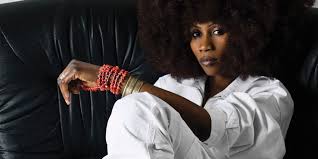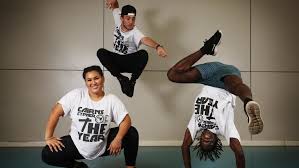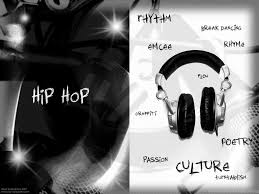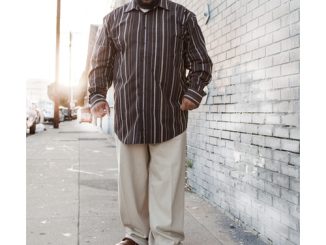
You’ve finished your first album, your social media fan base is growing and you’ve accomplished the task of having your music showcased on various streaming platforms. So now what? What’s your next plan of action? Who is it for? In other words, who is your audience? Knowing your audience or target market is a critical component to the success of any business and brand identity; however, it is one of the most ignored based on assumption.
Society in general listens to music; however, not everyone will engage or entertain your style or genre so if ever asked, “Everybody that likes music” is not considered an audience. Carefully crafting a sound as R&B, hip-hop, adult-contemporary, gospel, soul, country, etc., artists typically have a particular fan base that cater to their particular style. A specific niche-group or demographic is drawn in who support artists by attending performances, purchasing merchandise such as clothing and other related apparel, music, books, and who follow artists on social media. This group shall be recognized as an audience or “target market”. Once identified, rather than trying to be all things to the masses, it is far more effective for artists to market their brand(s) to these niche groups which in turn will help you to stand out from the rest.
A demographic is the group you’re targeting, for example, young males/females between the ages of 15-25, millennial’s, the middle-class with an annual income of $75K-$90K, or single mothers between the ages of 18-30. Diverse in nature, each group would be targeted differently and based on their individual characteristics. It’s critical that an artist be familiar with their demographic(s) and engage with them for a successful reach and to ensure they are reaching the core audience. Let’s use Instagram as another example. An independent-artist may have 12, 319 followers. While an impressive number, each “follower” is not genuine to the brand. Only 8,007 or 65% may be considered genuine or true fans…the other 4,312 may be random trolls or happen to like a recent photo with no real interest in the core brand. When carefully monitored, artists can usually identify solid markets and should post and tailor messages with those groups in mind.
As you can see, it’s very important artists understand not only their culture but the cultures of their audience. This helps to ensure an artist has the capability to both establish and build on their brand.








Leave a Reply